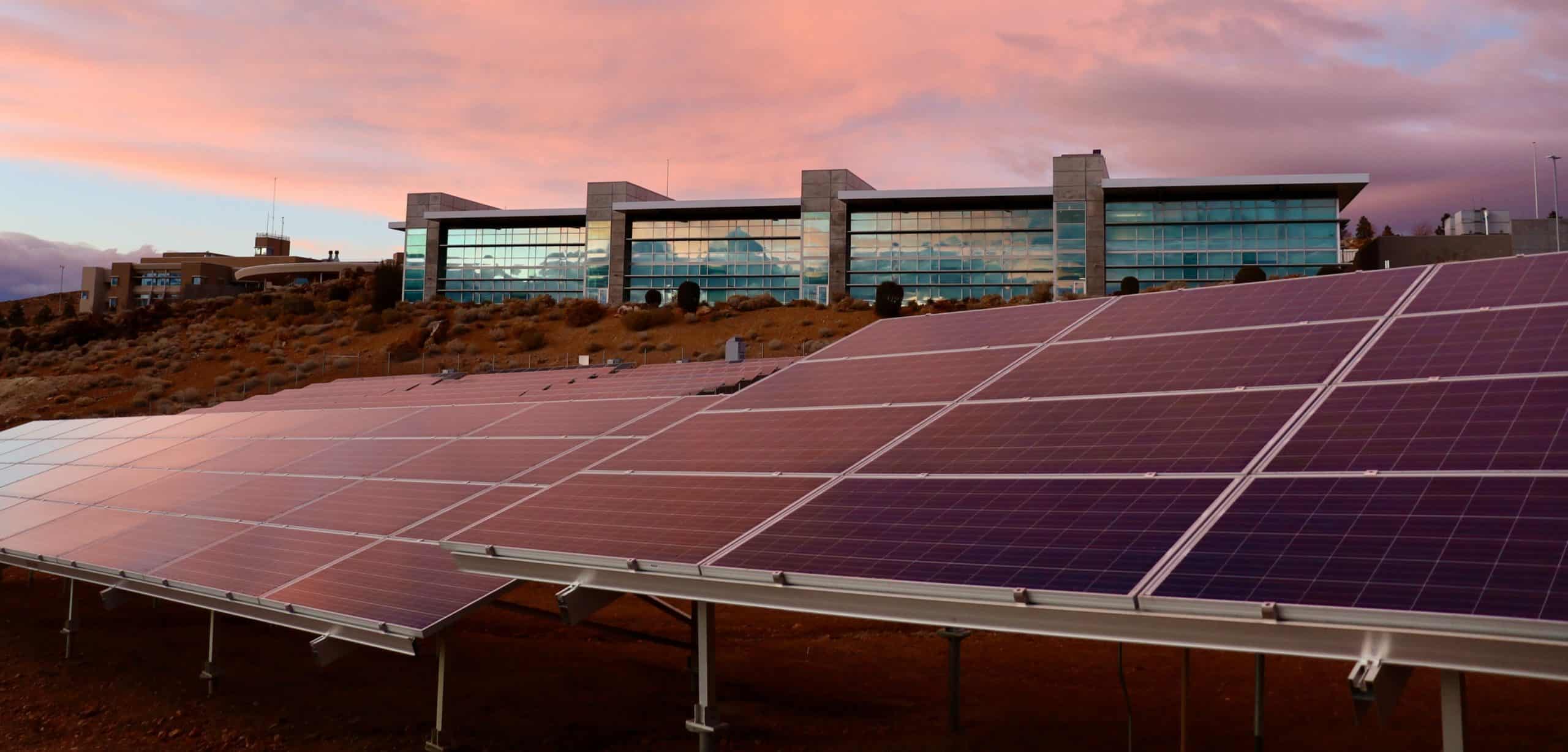Save Now, Pay Later.
With flexible payments from handypay.
Save Now, Pay Later.
With flexible payments from handypay.
Published

You know when solar is back on the warpath again as all the junk pedlars are once again in full swing.
Okay we have been doing Powersavers now for around 7 years in one form or another and the message has been consistent. When it comes to solar power products, you only get what you pay for. We are installing products on one of the harshest environments known to man. Your roof. It’s exposed to sun, high winds, hail and frost and in Tassie sometimes that can all happen in the same day. It shouldn’t be too hard for discerning customers to fathom that if any products are installed with inherent flaws their survivability is soon going to be tested to the nth degree. All of this is backed up by the solar systems we are seeing go into landfill at a greater rate every single year. 7 to 8 years seems to be the average life span for the junk and 30% of our solar work these days is either removing these systems or trying to coax the last bit of life out of these not so old clunkers.
Why are people still making the same mistakes?
There are a few reasons here and this is the main one. The solar rebate skews people’s ability to judge an accurate value proposition.
The rebate is purely based on the amount of solar you install and as of next year the calculations are based on 10 years of generation. The formula does not allow for the fact the lion share of panels being installed today will not last 10 years, let alone the industry benchmark of 25 years. The rebate does not discriminate quality or performance, just name plate panel wattage.
If I buy 5kW of the cheapest Chinese products they receive exactly the same rebate as 5kW of well made solar panels. Unfortunately with Australia being the cheapest market in the world for solar means this country has become a dumping ground for seconds. Despite what the glossy brochures and the slick sales reps say we don’t get the good stuff at the budget end of the market.
If we had a government rebate/incentive program for cars it would be like this.
Every red car gets a substantial cash discount regardless of make and model.
A red Chinese car that is already the cheapest on the market but typically underpowered, not designed for Australia’s conditions and with limited back end support and basically not something I would have ever considered owning, thanks to this imaginary car rebate, is now virtually free.
It hasn’t really cost me anything so if I have to get it towed to the wreckers in a few years time such is life.
Another famous red car is a Ferrari.
A car I have always desired but could never afford, this imaginary car rebate makes it more affordable. The quality, performance, longevity and value of the product is now easily with in my grasp. I know what’s going to be in my garage and that’s the shiny red subsidised Ferrari.
This analogy is still pretty ordinary as all cars are a liability and cost you money. Solar systems make energy and energy costs money. Solar systems by default make you money so they are an asset. The longer that system is producing uninterrupted, the more money it is going to make - and I mean lots more.
If you play the market think blue chip shares vs junk speculative shares.
Let’s do some math.
A 5kW piece of junk system is going to cost you around $5,000 and we know from experience that you should see 7 to 8 years lifespan out of it, with 50% self consumption and 50% export back to the grid, it’s going to save you around $1100 per year.
Let’s be kind and say it lasts 8 years. That is $8,800. You have made $3,800 profit.
Okay lets look at a high quality 5kW system with 25 years build warranty on the panels and 12 years on the inverter. This would be around $8000. This could be using LG or QCELLS panels from South Korea. Same size system saving you the same money. The panels over their warranted periods would save/make you $27,500 and it will probably need an inverter in that time so lets take $1,500 off that and minus the cost of the system we are looking at $18,000 profit. Any power rises during the systems life span means even more profit. And any way you can use more of your power on site instead of sending it to the grid means even more profit. LG panels are designed to be doing over 90% of their output in 25 years time with their famous N type cells. How cool is that?
Some will say well the good quality system is nearly half the price of the premium option I could just buy another one in a few years time?
Yes, you could. But A) thats a terrible environmental result as its just more E Waste dumped in landfill, and B) the rebate is in the wind down phase. Every year it drops to less and less and personally I will be surprised if it even exists in 5 years time.
So your junk systems replacement cost in the future wont be far removed from a premium systems buy price today.
The message to take away from this is we have this fabulous incentive to purchase solar that is shortly not going to be available or reduced to the amount it wont have any meaningful discount on the purchase price. So don’t waste this limited time opportunity to set yourself up for the next 25 years for a low energy bill future.
Listeners you have now been vaccinated against the slippery sales spiels of the junk systems.
Forewarned is forearmed.
DMS Energy is 13 years strong on the North West Coast, covering from Marrawah to Launceston and every where in between, and we are the Tasmanian LG Dealer of the year in 2020.
Pop into the showroom to have a look at the gear on display at 56 Sheffield Rd in Spreyton or give us a bell DMS Energy a call on 1300 502 599.
Would you like to educate yourself further on how to not get caught with the scammers?
Solar scams and how to avoid the current crop – Part I

Simple, Low Rate Green Loans

Introducing award winning finance provider, Handypay, to bring you the most Competitive, Flexible and Versatile finance solution available in the home improvement industry today!
We have partnered with Handypay so customers can access a simple, affordable green loan for their solar panels and home batteries. Get a no-obligation quote and pre-approval in minutes, not weeks.
DMS Energy strives to Honestly, Ethically and Accurately assist Tasmanians to meet their energy reduction goals.
DMS Energy have advised countless locals on the right energy solutions for their home’s and business’s.




DMS Energy are not your typical energy efficiency salesmen! We are long time locals offering expert advice on solutions that are tailored to your individual needs. Talk to one of our experts today.